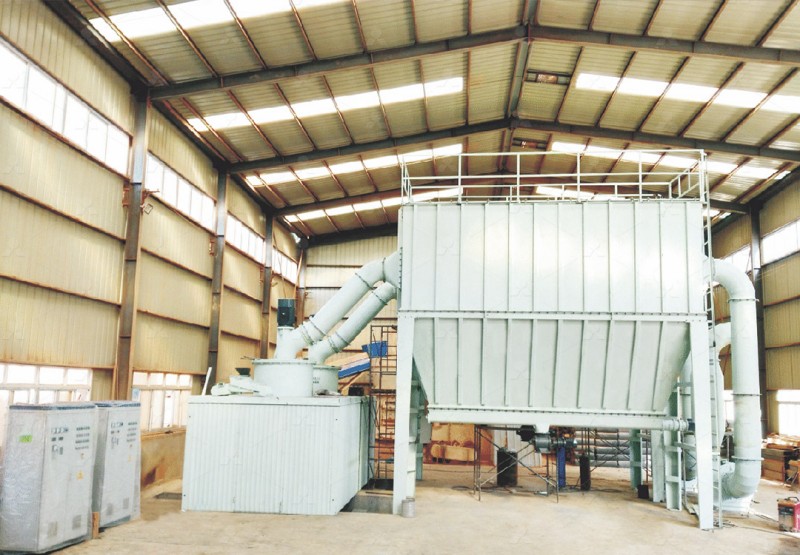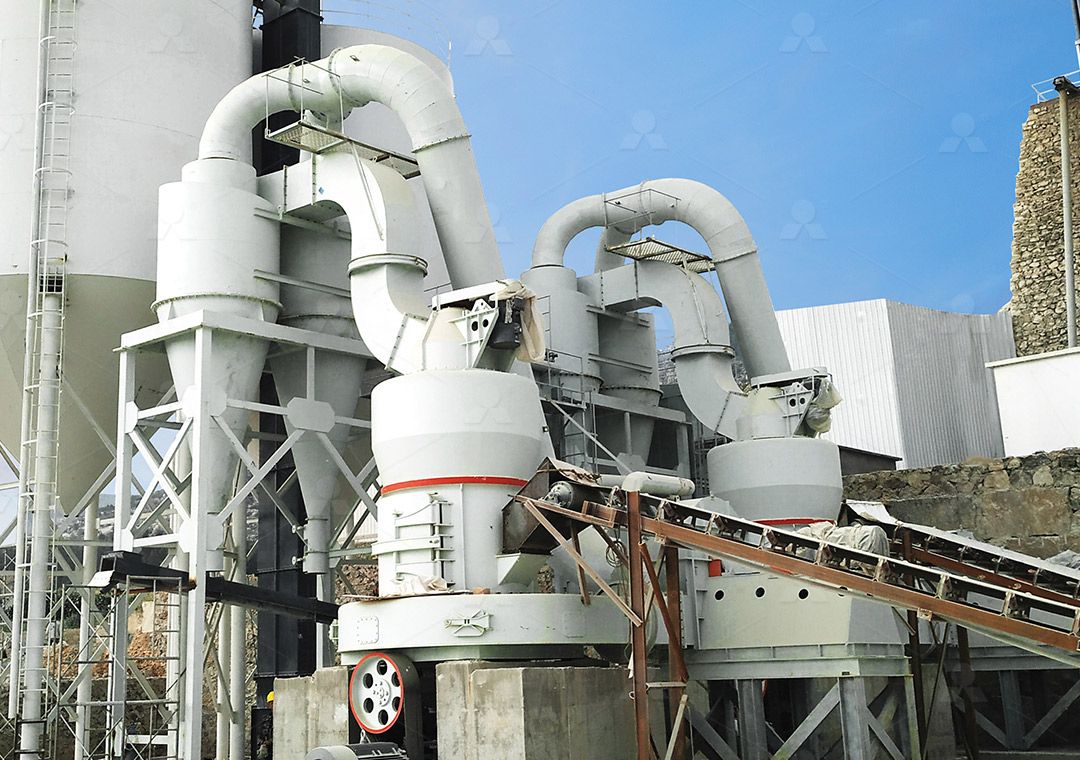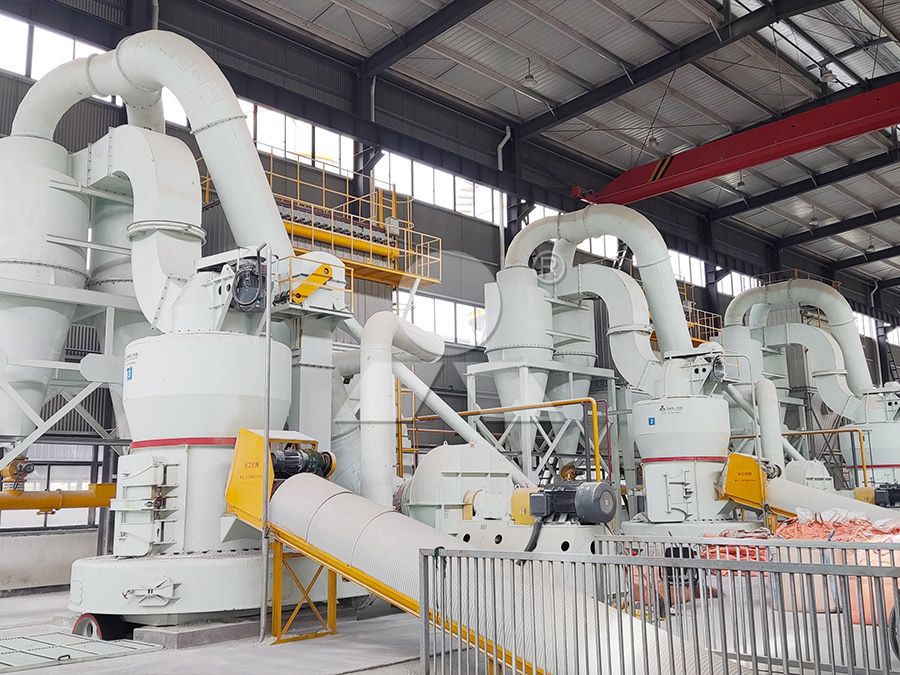How Much Does a Limestone Grinding Mill Machine Cost?
Understanding Limestone Grinding Mill Costs
When investing in limestone processing equipment, one of the most common questions we encounter is: “How much does a limestone grinding mill cost?” The truth is, there’s no single answer. The price of a limestone grinding mill depends on multiple factors including production capacity, required fineness, energy efficiency requirements, and the specific technology employed.

Traditional ball mills might seem like an economical choice initially, but their higher energy consumption and lower efficiency can lead to significantly higher operating costs over time. Modern grinding technologies offer better long-term value despite potentially higher upfront investment.
Key Factors Influencing Grinding Mill Pricing
Several elements directly impact the cost of limestone grinding equipment:
- Production Capacity: Machines with higher throughput capacities (measured in tons per hour) typically command higher prices
- Fineness Requirements: Achieving ultra-fine powders (below 10μm) requires more sophisticated technology
- Energy Efficiency: Mills with advanced energy-saving features may cost more initially but save substantially on operating expenses
- Automation Level: Fully automated systems with digital controls increase initial cost but reduce labor requirements
- Environmental Compliance: Integrated dust collection and noise reduction systems affect overall pricing
Recommended Solutions for Limestone Grinding
Based on our extensive experience in mineral processing, we typically recommend two exceptional solutions for limestone grinding applications.
MW Ultrafine Grinding Mill: Precision and Efficiency
For operations requiring ultra-fine limestone powder between 325-2500 meshes, our MW Ultrafine Grinding Mill represents cutting-edge technology. This machine delivers remarkable performance with an input size of 0-20 mm and capacity ranging from 0.5-25 tph. What sets the MW series apart is its innovative design that eliminates rolling bearings and screws in the grinding chamber, significantly reducing maintenance concerns and potential machine damage from loose components.
The MW Ultrafine Grinding Mill achieves 40% higher production capacity compared to jet grinding mills and double the output of traditional ball mills, while consuming only 30% of the energy of jet mills. Its German-designed cage-type powder selector ensures precise separation, and the external lubrication system allows for maintenance without shutdown, enabling continuous 24-hour operation.

LUM Ultrafine Vertical Grinding Mill: Advanced Vertical Technology
Another excellent option is our LUM Ultrafine Vertical Grinding Mill, which handles input sizes of 0-10 mm with capacities between 5-18 tph. This mill integrates the latest Taiwanese grinding roller technology with German powder separating technology, creating a superior solution for ultrafine powder production. Its unique roller shell and lining plate grinding curve design generates material layers more effectively, enabling high rates of finished products through single-pass milling.
The LUM series features double position-limiting technology that prevents destructive impacts during operation, ensuring remarkable stability. The reversible structure design simplifies maintenance significantly – operators can easily move grinding rollers out of the body for inspection and replacement of components, minimizing downtime losses.
Beyond the Purchase Price: Total Cost of Ownership
Smart buyers look beyond the initial equipment price to consider the total cost of ownership. This includes energy consumption, maintenance requirements, spare parts availability, and operational efficiency. Our grinding mills are designed with these factors in mind, incorporating features that reduce long-term operating costs while maintaining high performance.

Both the MW and LUM series benefit from our digitalized processing approach, utilizing numerical control machine tools for high-precision manufacturing of core components. Additionally, we provide comprehensive technical support and genuine spare parts to ensure worry-free operation throughout the equipment’s lifespan.
Frequently Asked Questions
What is the typical price range for a limestone grinding mill?
Prices can range from $50,000 for basic models to over $500,000 for high-capacity, fully automated systems with advanced features. The MW and LUM series typically fall in the mid to upper range, reflecting their advanced technology and superior efficiency.
How long does installation and commissioning take?
Depending on the model and site conditions, installation typically takes 2-4 weeks, with commissioning requiring an additional 1-2 weeks. Our team provides comprehensive support throughout this process.
What maintenance is required for these grinding mills?
Both the MW and LUM series require minimal maintenance thanks to their innovative designs. The MW series’ external lubrication system allows maintenance without shutdown, while the LUM series’ reversible structure enables easy access to grinding components.
Can these mills handle materials other than limestone?
Absolutely. Both the MW and LUM series can process various materials including calcite, dolomite, petroleum coal, gypsum, barite, marble, talc, and other non-metallic minerals.
What kind of after-sales support do you provide?
We offer complete technical services, original spare parts supply, and operational guidance to ensure optimal performance throughout your equipment’s lifecycle.
